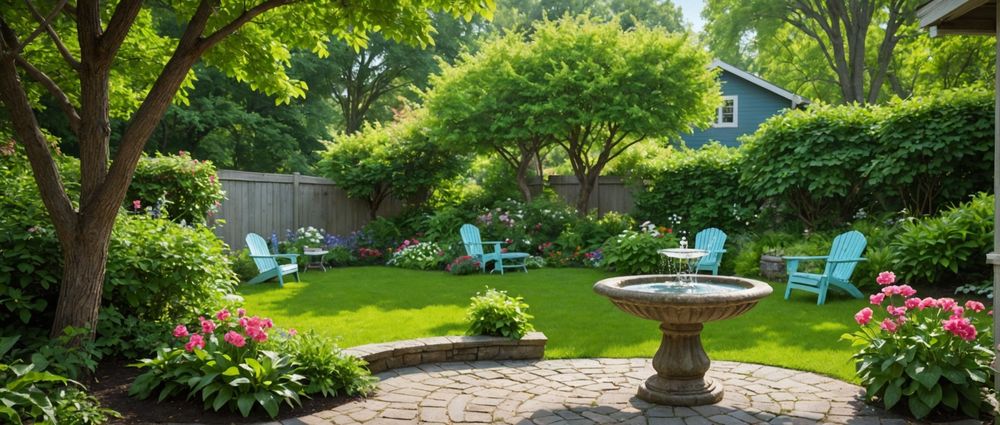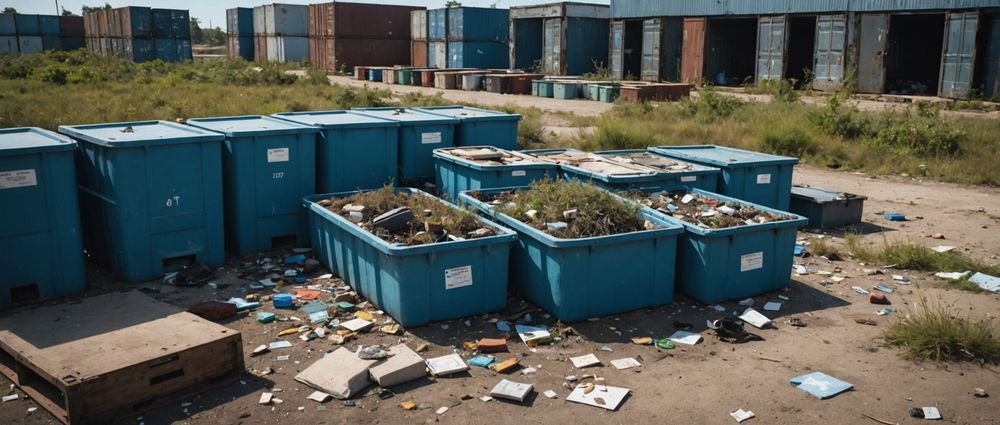Mosquitoes are notorious for their ability to breed in various locations, making them a persistent nuisance during warmer months. Identifying the breeding grounds is crucial for effective mosquito control. This article explores five primary places where mosquitoes tend to breed and discusses how you can prevent them from taking over your outdoor spaces. From stagnant water to neglected gardens, understanding these habitats is key to keeping mosquitoes at bay.
1. Stagnant Water

One of the most common breeding sites for mosquitoes is stagnant or slow-moving water. Mosquitoes require standing water to lay their eggs, and even the smallest puddles can attract them. This can include anything from bird baths that are not changed regularly to clogged gutters that hold water. To effectively combat mosquito breeding in stagnant water sources, consider the following preventive measures:
- Change water in bird baths weekly to disrupt breeding.
- Clean out gutters and downspouts to ensure water flows freely.
- Fill in holes in your yard that can trap rainwater.
- Check for any containers, such as old tires or buckets, and remove standing water.
- Ensure pool covers are tightly fitted and that water doesn’t accumulate on them.
2. Containers and Trash
Any type of container that can hold water, even for just a few days, can become a breeding ground for mosquitoes. Items such as discarded bottles, cans, and flower pots are often overlooked. These objects can collect water from rain and create a perfect environment for mosquitoes to thrive. To reduce the likelihood of mosquitoes breeding in such containers, implement these strategies:
- Properly dispose of or recycle any containers that can collect water.
- Store items like buckets and barrels upside down or in a dry location when not in use.
- Regularly inspect areas around your home, especially after a storm, to eliminate any standing water.
3. Natural Pools

Ponds, lakes, and swampy areas are natural habitats for mosquitoes, offering plenty of standing water for breeding. If you live near these bodies of water, it’s essential to take preventive measures. While it may not be feasible to alter these natural ecosystems drastically, there are methods to manage the mosquito population:
- Introduce natural predators such as fish or frogs, which can help control mosquito larvae.
- Use a fountain or aerator to keep the water moving and disrupt the breeding cycle.
- Plant mosquito-repelling plants, like lavender and marigolds, around the ponds.
4. Low-Lying Areas
Low-lying areas, where moisture collects naturally, can also attract mosquitoes. These areas often remain damp for extended periods, providing the perfect conditions for mosquitoes to breed. To manage pest populations in these locales, here are some effective tactics:
- Landscaping techniques can be employed to improve drainage in low spots.
- Consider swales or dry wells to facilitate water drainage and reduce standing water.
- Regularly monitor and maintain the landscape to remove debris that can trap water.
5. Gardens and Landscaping
Your backyard garden can unwittingly provide a haven for mosquito breeding, especially if it is overwatered or has areas of dense vegetation. Cluttered gardens create humidity levels that are conducive to mosquito reproduction. To keep your garden mosquito-free, you can follow these suggestions:
- Regularly prune and maintain your garden to allow airflow.
- Avoid overwatering; ensure proper drainage for plants.
- Use mulch that does not retain excessive moisture.
- Remove any items or plant pots that can hold rainwater.
- Install yellow bug lights to attract and deter mosquitoes away from your living spaces.
Conclusion
Understanding where mosquitoes breed is a vital step in preventing their proliferation in your area. By eliminating stagnant water, managing containers, and maintaining your garden properly, you can significantly reduce the chances of a mosquito infestation. Remember, proactive measures are much more effective than reactive solutions. Taking these steps will not only enhance your outdoor experience but also promote a healthier environment.
FAQ
1. How can I tell if mosquitoes are breeding in my area?
If you notice an increase in mosquito activity, especially around standing water, it’s likely there is a breeding ground nearby. Check common hotspots like gutters, pots, and puddles.
2. What are the signs of mosquito larvae in standing water?
Look for wriggling small, dark shapes just beneath the surface of water. These are typically larvae, which can be a sign that mosquitoes are breeding.
3. Do natural repellents really work against mosquitoes?
Yes, natural repellents, such as citronella, eucalyptus, and lavender oils, can help deter mosquitoes. However, they may require frequent reapplication for maximum effectiveness.
4. Is it possible to completely eliminate mosquitoes?
While it is unlikely to completely eliminate mosquitoes, you can significantly reduce their populations through regular maintenance and the elimination of breeding sites.
5. What time of day are mosquitoes most active?
Mosquitoes are typically most active during dawn and dusk. Taking protective measures during these times can help reduce the likelihood of bites.


